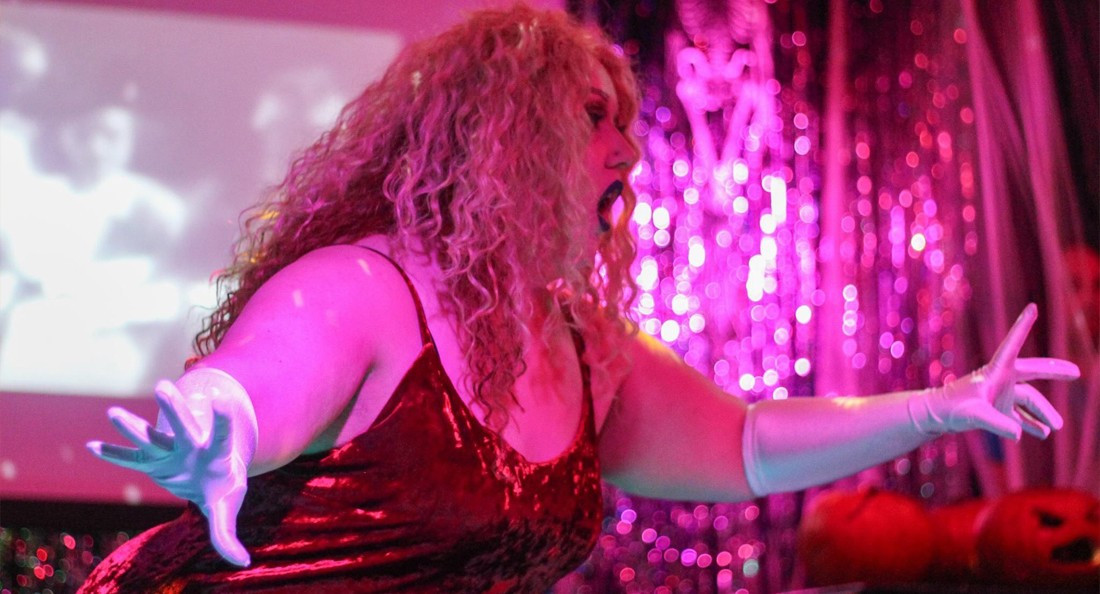“Drag is for everyone”
Slunt Factory creates a space for drag performers to take their first steps
RuPaul’s Drag Race may have become the cultural touchstone for what drag looks like and how drag performances are organized. But in many cities, including Winnipeg, local drag shows are taking a different approach.
Stara David, Moxie Cotton and Dirt are three young, emerging drag performers who started Slunt Factory, a new Winnipeg drag event, in September of 2018.
“When we booked our first show, we had the intent of trying to make a sort of regular event at Club 200, specifically for people who hadn’t been on the scene that long,” the group says.
“We thought that there should be somewhere that new queens can come and get their feet wet, where we can help them understand how the scene works (and) help them make connections.”
The collective says the competitive nature of much-televised drag can scare off people interested in trying drag for the first time. They hope that Slunt Factory can be a space for people to take a chance trying something new.
“We feel like there’s a lot of pressure today for young queens to start out as perfect performers with flawless makeup and expensive-looking gowns,” they say.
“No one starts perfect, and everyone has to fail a few times before they really know what they’re doing. So we want young performers to feel comfortable taking risks and failing and to help build bridges with the older members of the community.”
Winnipeg drag veteran Prairie Sky says that, like young queens, the wider drag community still has a lot to learn.
“The gaining of popularity of Drag Race has made drag much more palatable for people,” she says.
“As a result of this mainstreaming of drag, we see much of what made drag so appealing for many of us in the beginning fade. There is a definite normalizing of what drag is.
“We see the continued appropriation (of) Communities of Color ... without the recognition of where this stuff comes from and ensuring that members from that community have space in drag.”
Performers on Drag Race and elsewhere still frequently use cultural costumes and racially stereotyped makeup looks to satisfy competition categories.
For Slunt Factory, drag is centrally about respect for the art form’s history, not the performer’s gender or performance of gender.
“You have to be willing to listen to what people are telling you about drag, to approach it respectfully and to understand what the people who came before us had to go through in order for us to be able to continue to do this today,” they say.
“Drag to us is any form of performative artistic expression that uses gender in some way, regardless of the gender of the performer vs. the gender of the persona. We have AMAB (assigned male at birth) performers in the community who do masc drag, we have AFAB (assigned female at birth) performers who do femme drag, we have non-binary and Two-Spirit artists ... Drag is for everyone.”
Slunt Factory says that for them, drag is like a family.
“So much of drag is built on community,” they say. “If our events can be somewhere that new people are able to join that community and build lasting and impactful relationships, then we’ve succeeded.”
Upcoming Slunt Factory events It’s My Party (Feb. 3) and Boob Tube (March 3) will take place at Club 200.
Published in Volume 73, Number 14 of The Uniter (January 17, 2019)








